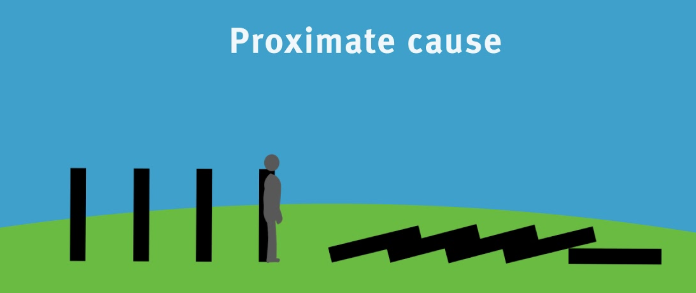Medical Reason for Age of Consent to Match Majority Age:
The age of consent refers to the minimum age at which an individual can legally engage in sexual activities. To establish a medical reason for setting the age of consent as the same as the majority age (the age at which a person is legally recognized as an adult), we can consider the following factors:
- Developmental Maturity: The brain continues to develop throughout adolescence, with significant changes occurring in the prefrontal cortex responsible for decision-making, impulse control, and assessing risks. By aligning the age of consent with the majority age, we ensure that individuals have reached a sufficient level of cognitive and emotional development necessary to make informed decisions about engaging in sexual activities.
- Emotional Well-being: Engaging in sexual activities at a younger age can have profound emotional consequences. By setting the age of consent at the same level as the majority age, we aim to protect individuals from potential psychological harm associated with premature sexual experiences. It allows young individuals more time to develop their emotional well-being and establish healthy relationships before engaging in sexual activities.
- Physical Maturity: Adolescents may not have fully developed physically, which can increase the risk of negative health outcomes associated with early sexual activity, such as sexually transmitted infections (STIs) and unintended pregnancies. Aligning the age of consent with the majority age helps ensure that individuals have had ample time to reach physical maturity, enabling them to make informed decisions about their sexual health and reducing potential health risks.
- Power Imbalances: Setting the age of consent at the same level as the majority age acknowledges the inherent power dynamics that exist in relationships involving individuals of different ages. It helps protect younger individuals from potential exploitation or abuse by older partners who may manipulate or take advantage of their relative immaturity.
By establishing the age of consent as the same as the majority age, we promote the overall well-being and protection of young individuals, considering their cognitive, emotional, and physical development. This alignment also takes into account the potential power imbalances and associated risks that arise in relationships involving individuals of different ages.
Additional reasoning for establishing the age of consent the same as majority age are as follows.
- Enhanced Legal Protection: Setting the age of consent equal to the majority age provides stronger legal protection for children by clearly defining the threshold at which they are considered capable of providing informed and voluntary consent for sexual activities. This alignment ensures that children are afforded the full range of legal protections and rights associated with adulthood.
- Preventing Exploitation: Aligning the age of consent with the majority age helps prevent potential exploitation and abuse of minors by reducing the risk of coercion, manipulation, and unequal power dynamics in relationships involving individuals of different ages. It recognizes the vulnerability of minors and acknowledges the importance of protecting them from potential harm.
- Consistency and Clarity: Establishing the age of consent as the same as the majority age creates consistency and clarity in legal frameworks. It simplifies the understanding of consent laws for both young individuals and the broader community, making it easier to educate and enforce these laws effectively.
- Promoting Emotional Well-being: The alignment of the age of consent with the majority age recognizes the importance of emotional well-being and psychological readiness when engaging in sexual relationships. It acknowledges that young individuals need sufficient time to develop emotional maturity, establish healthy boundaries, and make informed decisions about their own bodies and sexual experiences.
- Mitigating Power Imbalances: By setting the age of consent equal to the majority age, the law acknowledges the potential power imbalances that can exist in relationships between minors and adults. It helps prevent situations where older individuals may exploit their influence, authority, or experience to manipulate or coerce young individuals into engaging in sexual activities against their will or better judgment.
- Strengthening Child Protection Measures: Aligning the age of consent with the majority age reinforces broader child protection measures. It sends a clear message that society prioritizes the safety, well-being, and healthy development of young individuals, and is committed to preventing any form of exploitation or harm.
- Promoting Education and Awareness: Establishing the age of consent as the same as the majority age allows for better integration of comprehensive sex education programs that emphasize the importance of consent, healthy relationships, and personal boundaries. It facilitates age-appropriate discussions and education around sexual health, rights, and responsibilities, promoting informed decision-making among young individuals.
By aligning the age of consent with the majority age, we can promote the overall well-being and protection of young individuals, ensuring that their rights, safety, and development are prioritized. This alignment recognizes the specific vulnerabilities of minors and provides a robust legal framework to safeguard their rights, reduce the risk of exploitation, and support their healthy and responsible transition into adulthood.
Cross-post: Linkedin
 You can check out Matt’s LinkedIn account, Youtube Channel, or Podcast.
You can check out Matt’s LinkedIn account, Youtube Channel, or Podcast.Introducing my new books, ‘The Art of Critical Thinking’ and ‘The Critical Thinking Model’. Both can be read for free with Kindle Unlimited or $2.99 each via Kindle.



